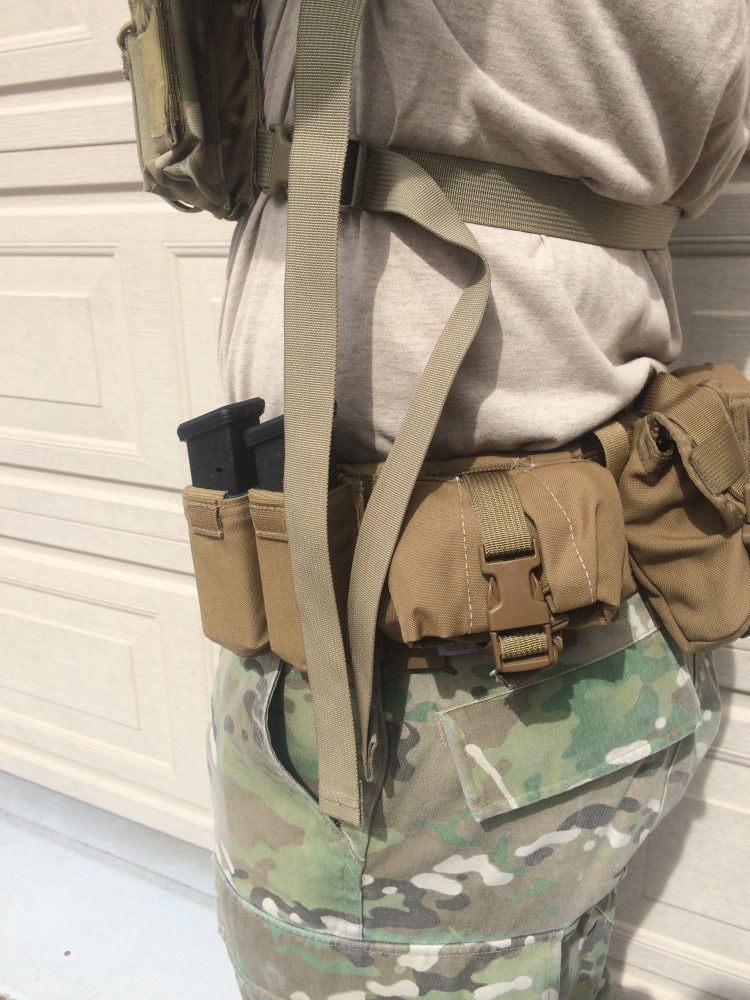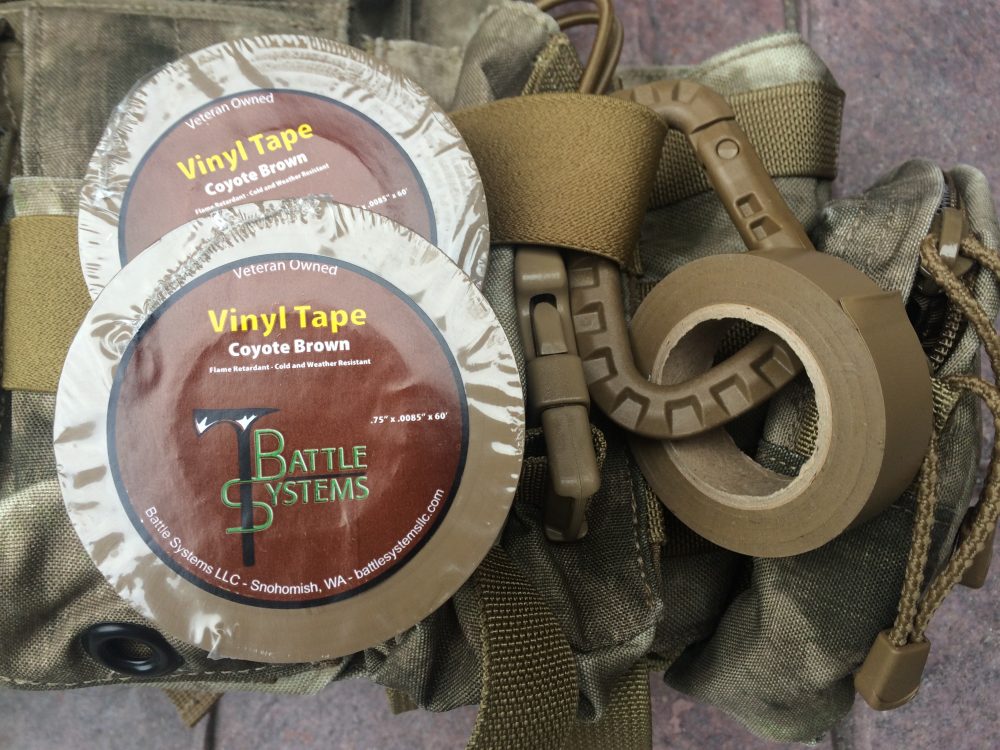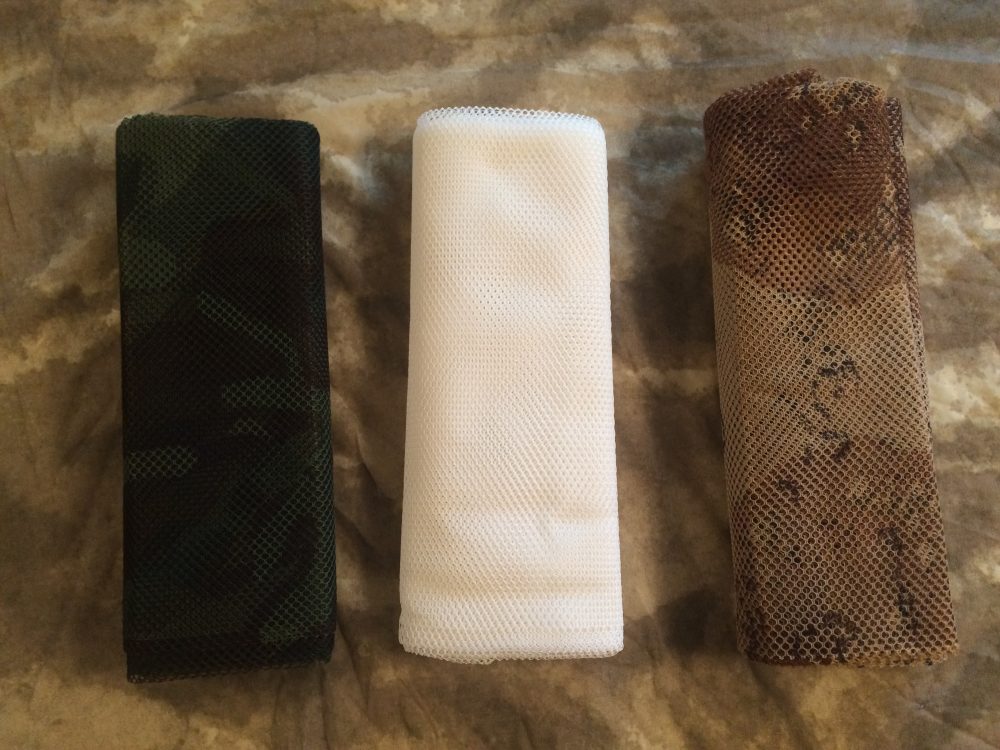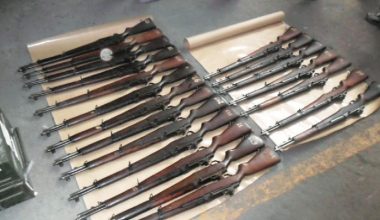Heavy-duty vinyl tape has many uses.
The tactical world is overrun with gimmicks, useless bolt-on trinkets, and various snake-oil peddlers. Some of these items are ridiculous, and only good for a laugh by those who might need to rely on their gear in the real world. Other items could actually hinder functionality and become a risk to life and limb.
At the same time, some items can really make a positive difference. The trick is discerning what makes sense and what works for you in your specific environment. Here are a few items I’ve found useful and inexpensive, and have come to rely on over the years.

Table of Contents
LET THERE BE LIGHT
I train a lot in the dark. The team I worked for was active almost exclusively at night. And in truth, bad guys roam and bad things happen in the dark at a generally higher incidence rate than during the day.
I’ve always been a proponent of carrying multiple light sources. Weapon-mounted lights are great, and I’ve got them on all my serious weapons. High-lumen handheld flashlights are mandatory in your kit too. You don’t want to point a lethal weapon at everything you want to illuminate, do you?
While high-intensity lights are great for many tasks, I’ve found that movement to the objective or target, setting up a hide, or dealing with minor tasks can often be better accomplished with low-lumen Light Emitting Diode (LED) lights that keep your exposure profile to a minimum.
My chest harnesses and web gear have small clip-on LED lights, generally on the left shoulder strap, for navigation and minor tasks. And they get used—a lot! While there are several manufacturers of these little lights, my current preference is for the CountyComm S.O. LED with a sand-colored body and a six- to eight-position rotating clip fastener.
These little guys provide a low-profile but usable amount of light for setting up targets on a dark NVG range, illuminating paths and hallways as you navigate into position, grabbing med gear or adjusting comms. They are invaluable.
Individual camouflage nets come in several colors and are useful for concealment.
TIE UP THE LOOSE ENDS
You’ve heard the saying: “It’s the little things that kill.” Loose straps, comms wires, and antennas can get in the way and create problems. Often it’s just a nuisance and you readjust gear or tuck in the “hangers.” But if those straps or wires interfere with weapon manipulation or mag changes, or get you trapped on obstacles, it could be a catastrophic event.
In training I’ve had incidents that have identified potential life-threatening equipment failures and issues that could have gotten me killed if they had happened in a “non-permissive” or “terminal” learning environment.

My “ah-ha” moment came during an NVG live-fire training evolution. I was in the process of a pistol mag change while transitioning between two high-threat targets. While reaching for a fresh pistol mag off my belt-mounted mag pouch, I inadvertently also grabbed the lower tensioning strap of the chest rig I was running.
As I brought the mag (and strap) up to the pistol, an invisible hand (the strap) stopped my forward motion and delayed the insertion of the mag, leaving my weapon pretty much useless for several valuable seconds.
Additionally, hung-up loose items can pull out gear from packs and pouches and leave you with an empty spot where you thought you had a mission-critical piece of equipment.
Fix or tie off those loose ends with tape or strap-keepers to stay streamlined and secure. I like the 3/4-inch Coyote Brown vinyl tape from Battle Systems. It is functional; sticks to webbing, plastic and metal; is a subdued color; and works well in hot and cold climates.
For straps or cables that need special handling or might have to be adjusted on the fly, I like the ITW/Nexus “Web Dominator” devices. These allow you to secure the base to webbing as found on MOLLE gear, and then to use the elastic cord keeper to secure straps, wires, or cables with the capability of a quick release and adjustment. These shine for rifle slings, pack straps, and comms cables.
HANG ON
Many small quick-access or often-used items need to be readily available on your gear but not necessarily tucked away in a zippered or Velcro-ed pouch. ITW/Nexus GrimLoc and Tac Link carabiners, with GhillieTEX IR signature reduction work great for attaching a variety of items to your belt, chest rig, plate carrier, or other load-out platforms without increasing weight or being too obtrusive.
I use them to attach gloves, ear protection, and tape (medical and repair) to my load-bearing equipment and find them extremely useful. The GrimLoc and Tac Link have different attachment profiles, gate openings and locks and capabilities, and are crazy functional. Their uses are limited only by your imagination.
ITW/Nexus has some excellent organizational problem solvers.
CHECK YOUR NOTES
Whether I was flying with a patient, taking notes in a pre-mission briefing, or logging observations on a call-out, having a small notebook and pen made a world of difference for keeping track of details.
I’ve got notes going back to the early 1990s with flight details, SWAT call-outs, and target specifics logged. I’ve found that they are a great way to augment my internal memory for writing reports, tracking details for after-action debriefings, and keeping notes of lessons learned.
The Rite in the Rain series of products is my hands-down favorite for these tasks. With a multitude of waterproof paper options, loose-leaf refills, and notebooks, they make a size and format to fit most every need. I’ve kept a small notebook in my flight-suit, BDUs, or in a utility pouch on my web gear since I started in public service in the mid-1980s, and the Rite in the Rain variants are the most durable and long-lasting of all I’ve tried. Add a water-resistant pen or mechanical pencil and you’re ready to notate details that might otherwise get lost in the shuffle of events.
With individual camouflage nets, now you see it…
NOW YOU SEE ME, NOW YOU DON’T
Cover and concealment: both are valuable tactical tools with different applications and usefulness. Cover stops things, concealment hides you. Cover is hard to carry, but concealment can be relatively portable. Shape, shine, shadow, silhouette, and movement are the primary identifiers that compromise someone trying to hide and should be considered when planning concealment.
The USGI individual camouflage nets are light, portable, and work great for changing your shape, shine, shadow, and silhouette. Quick to deploy, they minimize your identifiable outline and help you blend in with the natural surroundings and color of your area.
…now you don’t.
The nets currently available on the surplus market come in three colors: Desert, Woodland, and White. I always carried the Desert and Woodland ones in my sniper rifle drag bag or deployment pack, and found they worked well for rapid concealment. During winter months, I’d swap out the Desert one for the White, as that combo worked well in the city.
While you may be able to find them in your area at various surplus stores, a great online source is Army Surplus Warehouse in Idaho Falls, Idaho. Prices are very reasonable. Newer commercial versions with different color schemes are sometimes available but may be harder to find. When trying to hide from prying eyes, anything that minimizes your chances of being compromised can be a game changer, and worth its minimal weight in the proverbial gold.
Rite in the Rain notebooks let you do exactly that.
IT’S A WRAP
So there you have it: a few items that can help you work more efficiently, keep your gear from fighting you, make needed items more accessible and better organized, rapidly hide you from hostiles, and augment your brain cells for recalling detail, and all without loading you down or breaking the bank.
Ken Matthews is former SWAT team member with a Utah police department, where he fulfilled collateral responsibilities as a sniper and team medic depending on the mission. He has been an underground miner, EMT and Ambulance Commander, and a Flight Nurse and Air-Medical Program Director with over 1,000 patient missions.
SOURCES
ARMY SURPLUS WAREHOUSE
(208) 529-4753
www.armysurpluswarehouse.com
BATTLE SYSTEMS LLC
www.battlesystemsllc.com
COUNTYCOMM
www.countycomm.com
ITW/NEXUS
(708) 720-3025
www.itwnexus.com
RITE IN THE RAIN
(866) 763-4763
www.rainwriter.com












